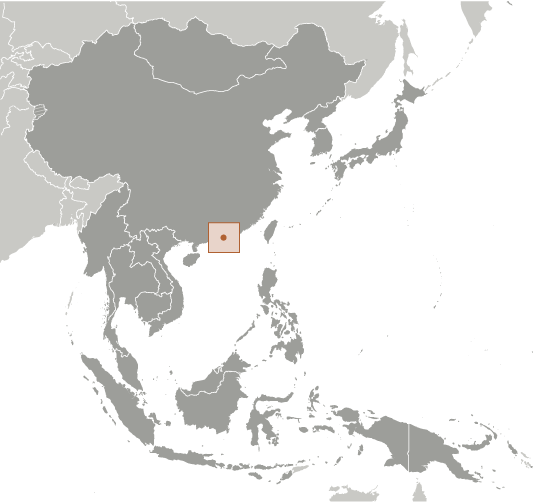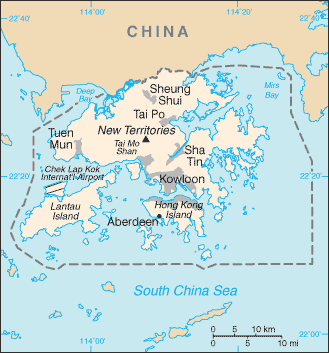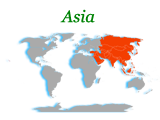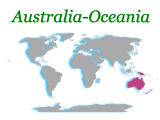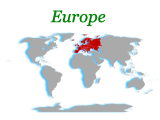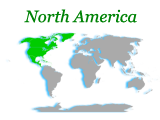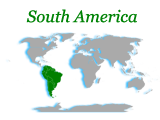Occupied by the UK in 1841, Hong Kong was formally ceded by China the following year; various adjacent lands were added later in the 19th century. Pursuant to an agreement signed by China and the UK on 19 December 1984, Hong Kong became the Hong Kong Special Administrative Region (SAR) of the People's Republic of China on 1 July 1997. In this agreement, China promised that, under its "one country, two systems" formula, China's socialist economic system would not be imposed on Hong Kong and that Hong Kong would enjoy a high degree of autonomy in all matters except foreign and defense affairs for the next 50 years.
Population
7,089,705 (July 2010 est.)
Country comparison to the world:99
Nationality
Noun:Chinese/Hong Konger
Adjective:Chinese/Hong Kong
Ethnic groups
Chinese 95%, Filipino 1.6%, Indonesian 1.3%, other 2.1% (2006 census)
Religions
eclectic mixture of local religions 90%, Christian 10%
Languages
Chinese (Cantonese) 89.2% (official), other Chinese dialects 6.4%, English 3.2% (official), other 1.2% (2001 census)
Country Name
Conventional long form: Hong Kong Special Administrative Region
Conventional short form: Hong Kong
Local long form: Xianggang Tebie Xingzhengqu
Local short form: Xianggang
abbreviation: HK
Government Type
limited democracy
Administrative divisions
none (special administrative region of China)
Independence
none (special administrative region of China)
National Holiday
National Day (Anniversary of the Founding of the People's Republic of China), 1 October (1949); note - 1 July 1997 is celebrated as Hong Kong Special Administrative Region Establishment Day
Constitution
Basic Law, approved in March 1990 by China's National People's Congress, is Hong Kong's charter
Legal system
based on English common law
Suffrage
direct election - 18 years of age for half the legislature and a majority of seats in 18 district councils; universal for permanent residents living in the territory of Hong Kong for the past seven years
indirect election - limited to about 220,000 members of functional constituencies for the other half of the legislature and an 800-member election committee for the chief executive drawn from broad sectoral groupings, central government bodies, and municipal organizations
Executive branch
Chief of state: President of China HU Jintao (since 15 March 2003)
Head of government:Chief Executive Donald TSANG Yam-kuen (since 24 June 2005)
Cabinet:Executive Council or ExCo consists of 15 official members and 14 non-official members
(For more information visit the World Leaders website)
Elections: chief executive elected for five-year term by 800-member electoral committee; election last held on 25 March 2007 (next to be held in 2012)
Election results: Donald TSANG elected chief executive receiving 84.1% of the vote of the election committee; Alan LEONG Kah-kit received 15.9%
Legislative branch
unicameral Legislative Council or LegCo (60 seats; 30 members indirectly elected by functional constituencies, 30 elected by popular vote; members serve four-year terms)
Elections: last held on 7 September 2008 (next to be held in September 2012)
Election results: percent of vote by party - pro-democracy 57%; pro-Beijing 40%, independent 3%; seats by parties - (pro-Beijing 35) DAB 13, Liberal Party 7, FTU 1, others 14; (pro-democracy 23) Democratic Party 8, Civic Party 5, CTU 3, League of Social Democrats 3, ADPL 2, The Frontier 1, NWSC 1; others 11; independents and non-voting LegCo president 2
Judicial branch
Court of Final Appeal in the Hong Kong Special Administrative Region
Political Parties and Leaders
parties: Association for Democracy and People's Livelihood or ADPL [LIU Sung Lee]; Civic Party [Audrey EU Yuet-mee]; Democratic Alliance for the Betterment and Progress of Hong Kong or DAB [TAM Yiu Cheng]; Democratic Party [Albert HO Chun-yan]; League of Social Democrats [Raymond WONG Yuk-man]; Liberal Party [Miriam LAU Kin-yee]; The Frontier (disbanded)
others: Confederation of Trade Unions or CTU; Federation of Trade Unions or FTU; Neighborhood and Workers Service Center or NWSC
note: political blocs include: pro-democracy - ADPL, Civic Party; Democratic Party, League of Social Democrats; pro-Beijing - DAB, Liberal Party, The Professional Forum (an informal group of three generally pro-government and pro-business LegCo members from functional constituencies and one independent elected from a geographic constituency); there is no political party ordinance, so there are no registered political parties; politically active groups register as societies or companies
Political pressure groups and leaders
Chinese General Chamber of Commerce (pro-China); Chinese Manufacturers' Association of Hong Kong; Confederation of Trade Unions or CTU (pro-democracy) [LAU Chin-shek, president; LEE Cheuk-yan, general secretary]; Federation of Hong Kong Industries; Federation of Trade Unions or FTU (pro-China) [CHENG Yiu-tong, executive councilor]; Hong Kong Alliance in Support of the Patriotic Democratic Movement in China [Szeto WAH, chairman]; Hong Kong and Kowloon Trade Union Council (pro-Taiwan); Hong Kong General Chamber of Commerce; Hong Kong Professional Teachers' Union [CHEUNG Man-kwong, president]; Neighborhood and Workers' Service Center or NWSC [LEUNG Yiu-chung, LegCo member] (pro-democracy); Civic Act-up [Cyd HO Sau-lan, LegCo member] (pro-democracy)
International organization participation
ADB, APEC, BIS, FATF, ICC, IHO, IMF, IMO (associate), IOC, ISO (correspondent), ITUC, UNWTO (associate), UPU, WCO, WFTU, WMO, WTO
Diplomatic representation in the US
none (special administrative region of China); Hong Kong Economic and Trade Office carries out normal liaison and communication with the US Government and other US entities
representative: Donald TONG
office: 1520 18th Street NW, Washington, DC 20036
Telephone:[1] 202 331-8947
FAX:[1] 202 331-0318
NKETO offices: New York, San Francisco
Diplomatic representation from the US
Chief of mission: Consul General Stephen M. YOUNGY
consulate(s) general:26 Garden Road, Hong Kong
Mailing address: PSC 461, Box 1, FPO AP 96521-0006
Telephone:[852] 2523-9011
FAX:[852] 2845-1598
Flag description
red with a stylized, white, five-petal Bauhinia flower in the center; each petal contains a small, red, five-pointed star in its middle; the red color is the same as that on the Chinese flag and represents the motherland; the fragrant Bauhinia - developed in Hong Kong the late 19th century - has come to symbolize the region; the five stars echo those on the flag of China

